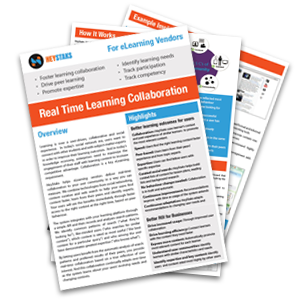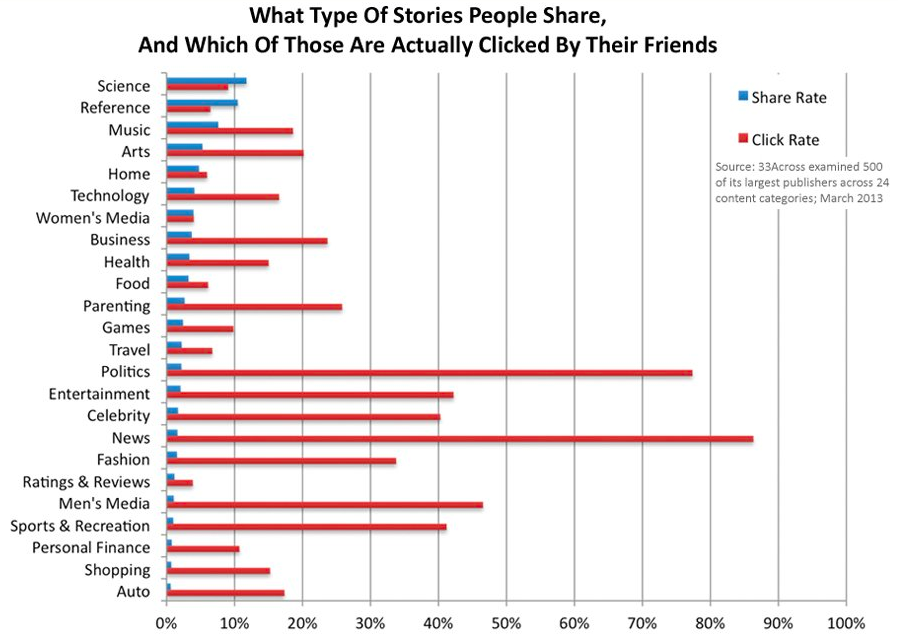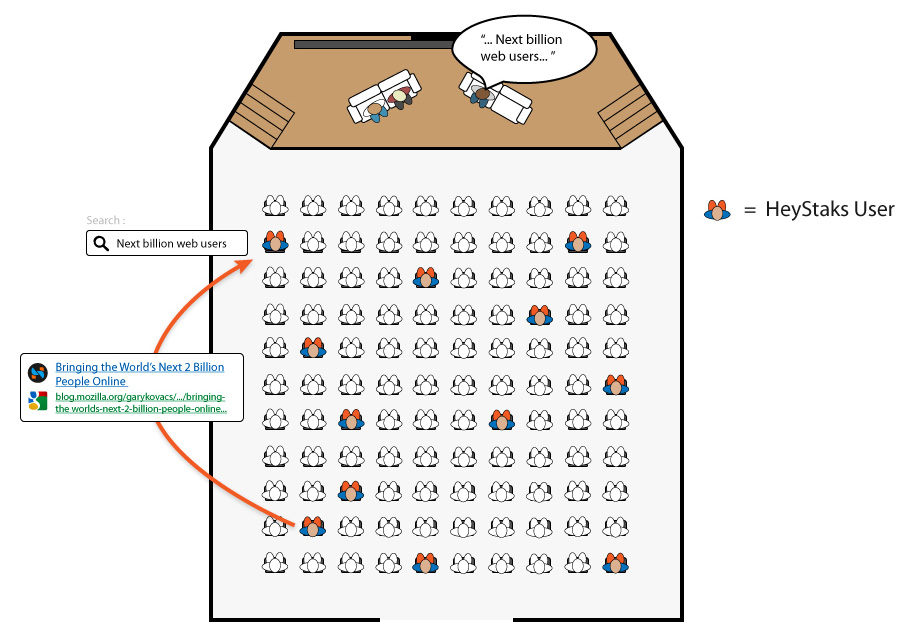We’re delighted to announce our new deal with DID Electrical to launch our personalized site search on their e-commerce website, which is the leading online electronics portal in Ireland.
DID’s eCommerce Manager, Darren Hardiman, had the following to say about the launch:
“The Launch of this personalized search service is an integral part of the DID.ie strategy to optimize the user experience and to ensure we deliver the right product to each user in each visit to the DID online store. This service will also enable us to learn the intent of each shopper and to understand the products we need to carry to satisfy their neeeds. HeyStaks achieves that all – deploying the HeyStaks solution is like having a new website – there is just no comparison to what we had before.“
Our CEO here at HeyStaks, Maurice Coyle, said:
“DID.ie sees the delivery of a highly personalized onsite search experience as an essential step in strengthening its position and brand value in the extremely competitive online electronics marketplace. The new personalized site search powered by HeyStaks’ technology offers DID.ie shoppers the right items and a relevant shopping experience based on what we learn about them. Our unique engine uses intent analytics and collaborative-based recommendations to increase relevance by 40% over any other personalization technology.“


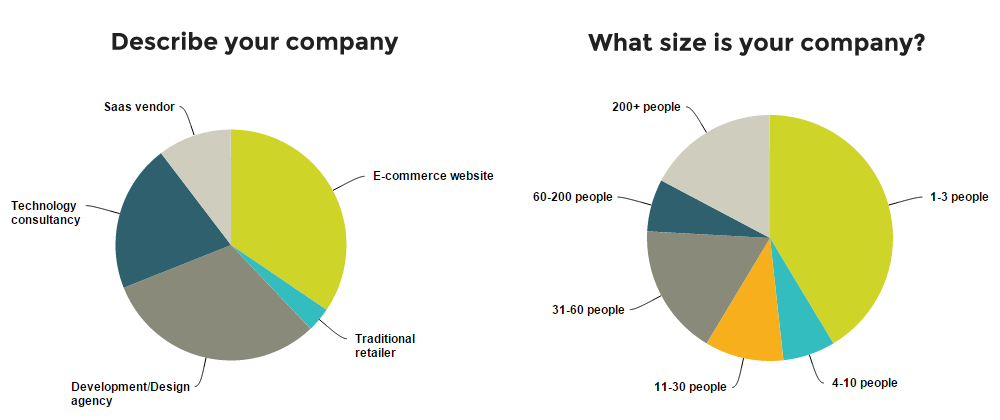
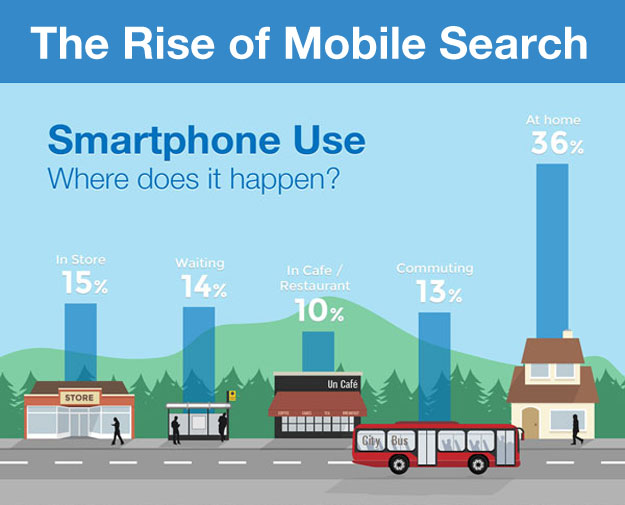
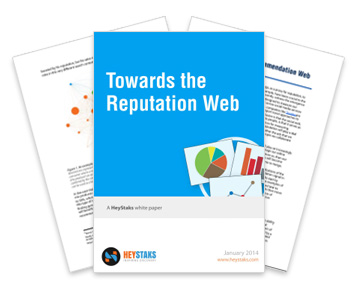 Since the dawn of the Internet we have used ratings as a proxy for reputation to guide our activities; buyer and seller ratings, for example, have been crucial to the success of eBay and similar online markets. But as the web has become more social, shifting the emphasis from pages to people, we will see reputation playing an ever more crucial and pervasive role to mediate and qualify our interactions.
Since the dawn of the Internet we have used ratings as a proxy for reputation to guide our activities; buyer and seller ratings, for example, have been crucial to the success of eBay and similar online markets. But as the web has become more social, shifting the emphasis from pages to people, we will see reputation playing an ever more crucial and pervasive role to mediate and qualify our interactions.